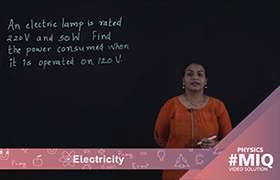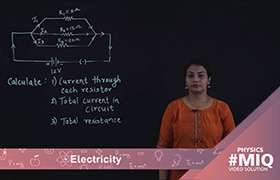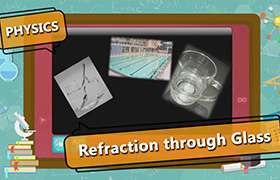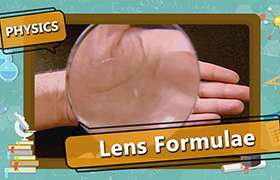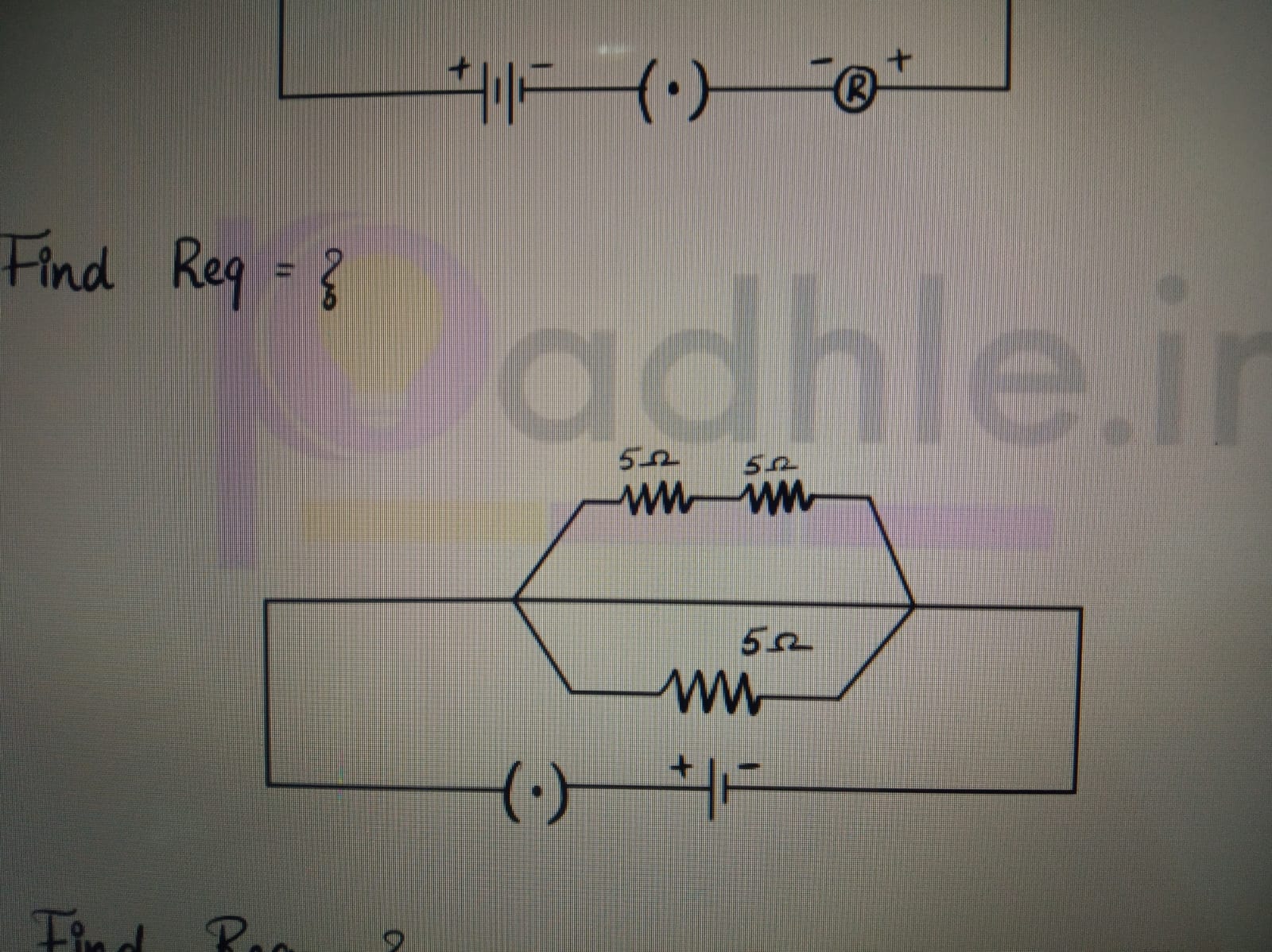CBSE Class 10 Answered
Digestion is the process by which food broken down so that it can be used by the body. Your digestion system begins in your mouth.
Your teeth and tongue break down or masticate food and your salivary glands break it down further with liquid enzymes. Saliva is a watery tasteless liquid mixture that moistens chewed food and begins chemical digestion. The salivary glands produce this saliva. Saliva contains an enzyme that begins the breakdown of starches into sugars. Saliva contains amylase that is an enzyme that begins the chemical digestion of complex carbohydrates, such as the sweet potatoes and stuffing in your dinner.
Once the food is chewed and softened in the mouth, the tongue rolls it into a ball or bolus and then pushes the bolus to the throat to be swallowed. During swallowing, a small flap of tissue called the epiglottis prevents food from entering the windpipe. The food then passes into the esophagus.
The esophagus is a muscular tube connecting the mouth with the stomach. The esophagus moves the food to the stomach by a serious of muscular contractions called peristalsis. Peristalsis is the wavelike contraction of muscles that move food through the digestive system.
As you swallow, the food travels through your esophagus to your stomach. The stomach is a saclike organ of digestion and has walls made of layers of muscle, each arranged on a different angle. As the food enters the stomach, muscle contractions begin to twist, turn, and churn the food. The twisting, turning, and churning of food in the stomach is part of mechanical digestion. The stomach produces gastric juice and mixes it with the food. This gastric juice contains enzymes that begin the digestion of proteins. Proteins are the only substances digested in the stomach. Proteins are only partially digested in the stomach. The food is churned and mixed with stomach fluids until a thick paste called chyme is produced. The chyme passes through the stomach into the small intestine.
The small intestine is a long, coiled organ about one inch in diameter. The small intestine may be 7.5 to 9 meters in length. Digestion is completed in the small intestine. The liver releases bile into the small intestine. Bile prepares the fats for digestion. Pancreatic juice contains enzymes that digest carbohydrates and fats. It also contains enzymes that continue the digestion of proteins. The walls of the small intestine release enzymes that complete the digestion of all three basic nutrients. In the walls of the small intestine are millions of small projections called villi. These villi contain many small blood vessels. Digested food is absorbed into these blood vessels and carried to all body cells.
The material that has not been absorbed moves into the large intestine, or colon. Here water and salts are absorbed, and the remaining solid waste goes out of the body through the anus.



